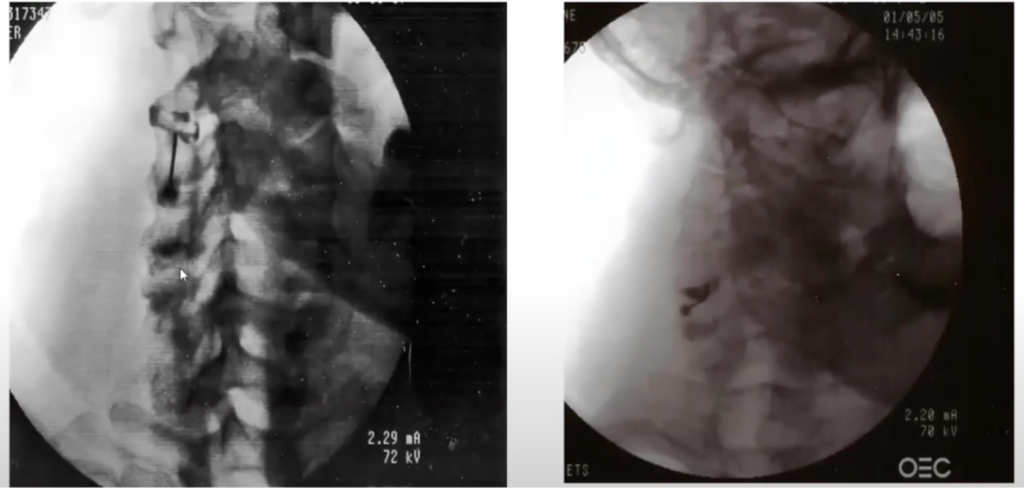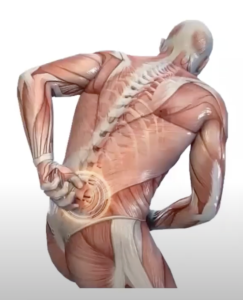Workers’ compensation claims often involve predictable injury patterns that, when not managed early, can lead to prolonged recovery times and increased claim costs. Three categories stand out year after year: cervical spine injuries, low back injuries, and soft tissue or repetitive stress injuries. Understanding how these injuries develop, how they should be treated, and what strategies support a safe return to work helps claims professionals, employers, and injured employees achieve better outcomes.
This overview summarizes key best practices and lessons shared during the Top Three Workers’ Compensation Injuries & Illnesses session of the INJURY INSIGHT series. The goal is simple: help stakeholders recognize red flags, respond with realistic plans, and reduce the chance of routine injuries turning into high-cost cases.
Cervical Spine Injuries: Early Clarity Prevents Chronic Claims

Neck injuries are common in workplace settings. Many start as straightforward muscle strains but can involve facet joint issues, disc degeneration, or nerve root irritation.
While a mild cervical strain often resolves within weeks, pain lasting beyond that time frame usually indicates an underlying joint or disc problem. Labeling these cases as “chronic strain” can lead to ineffective care and unnecessary imaging.
Key practices for handling neck injuries:
• Rely on detailed physical exams to pinpoint pain sources. Unnecessary MRIs can complicate treatment decisions rather than clarify them.
• Develop a clear plan that includes appropriate activity restrictions, both at work and at home.
• Use physical therapy strategically and avoid generalized neck strengthening too early. Hands-on techniques and gradual mobilization are more effective.
• Consider targeted injections only when conservative treatment stalls and there is a clear diagnostic purpose.
Proper assessment and early expectations keep cervical injuries from dragging out and creating unnecessary disability claims.
Low Back Injuries: Address Ergonomics and Activity Modification
Low back pain remains one of the leading causes of lost workdays. Acute lifting injuries and poor ergonomic conditions, especially for employees working remotely, continue to drive new cases.

Low back pain can be localized to the spine or radiate down the legs if nerve roots are involved. Lifting and twisting without proper technique is a common cause of disc herniation or nerve root compression. Prolonged poor posture also plays a major role.
Effective handling includes:
• Early identification of pain generators and confirmation of whether the pain is axial or radicular.
• Clear work restrictions that include lifting limits and bending or twisting precautions.
• Modified duties to keep the injured worker connected to the workplace. Staying off work for long, open-ended periods increases the risk of disability.
• Appropriate use of physical therapy, medication for inflammation or muscle relaxation, and injections only if conservative measures do not provide relief.
• Educating workers on ergonomic adjustments, proper lifting, and posture to prevent recurrence.
When back injuries are managed promptly and workers receive clear guidance, most can recover without surgery or prolonged time away from work.
Soft Tissue and Repetitive Stress Injuries: Small Injuries That Grow if Ignored
Tendonitis, bursitis, and repetitive stress injuries are often overlooked compared to more dramatic traumatic injuries. Yet these cases can become prolonged and costly if not addressed early.
These injuries commonly affect the upper extremities: rotator cuff tendonitis, tennis elbow, and wrist tendon sheath inflammation are frequent examples. Lower extremity tendonitis is less common but does occur, especially around the knee and ankle.
Repetitive stress injuries typically build over time due to poor posture, awkward positioning, or repetitive movements without adequate rest.
- Key steps:
- • Identify the root cause of repetitive stress and modify tasks or ergonomics to stop ongoing irritation.
- • Introduce activity modification without unnecessary work removal. Workplace adjustments are usually more effective than complete rest.
- • Use physical or occupational therapy to support healing and teach patients how to avoid reinjury.
- • Apply bracing when appropriate for certain areas (like the wrist or elbow), but avoid unnecessary immobilization that can create stiffness or frozen shoulder.
- • Early intervention and education prevent minor injuries from turning into long-term conditions.
Return to Work: Consistent Guidance Is Essential
One common thread across all three injury types is the benefit of clear, realistic timelines for recovery and return to work. Setting proper restrictions helps the injured worker, employer, and claims team stay aligned and minimizes disputes.
Workers often misunderstand that work restrictions also apply at home. For example, a worker who avoids lifting at work but does heavy yard work at home can easily reinjure themselves and extend recovery time.
By outlining a projected plan that adjusts restrictions as healing progresses, all parties stay focused on recovery and safe return to full duties.
Better Costing Builds Stronger Cases
Robust medical management must be matched with realistic costing and planning when life care plans or complex medical projections are required. A solid plan explains expected treatments, outlines functional restrictions, and projects costs that stand up under scrutiny if challenged.
For practical guidance on defensible costing approaches, read our related resource: Life Care Plan Costing Explained: Tools, Methods, and Pricing Strategies that Hold Up in Court. Using proven tools and transparent methods strengthens any complex claim and helps justify treatment paths and costs in court.
Watch the Full Session On-Demand
The Top Three Workers’ Compensation Injuries & Illnesses webinar goes deeper into each of these topics with clear, real-world insights from physicians who manage these cases daily. If you want to sharpen your injury management strategies and strengthen your claims, watch the session here:
Top Three Workers’ Compensation Injuries & Illnesses Webinar
The session covers:
• Common causes and signs of each injury type
• Treatment steps that reduce delays and complications
• How to design return-to-work timelines that work in practice
• Pitfalls that turn manageable injuries into expensive claims






